Place your adverts here on InfoDig @ low rates; banner ads, sponsored links and guest articles etc. Contact us
A diversified portfolio is one of the key metrics of investment success. The greater this diversity, the more likely it will outperform the market, and the savviest investors are often looking for new opportunities: the rising stars among new asset classes. Investment in art is certainly not a new concept, but it is unique because it often has a low correlation with other major asset classes, meaning lower overall price volatility. It’s the sure bet, sometimes with incredible escalating value, especially for those opting to invest in blue-chip artists (renowned artists whose work demands high prices in the art market).
However, not all of us can afford to invest in the works of Picasso, Van Gogh, or Warhol, with many blue-chip pieces only accessible as a luxury asset class – creating the perception that all art investment is only for the extremely wealthy.
However, a new trend is emerging, where investors of all types are finally escaping the confines of Western Art, triggering a surge of interest in non-Western artists. Collectors are recognising their cultural significance and artistic quality, leading to a rise in the prices of artists’ work from China, India, Brazil, and Nigeria – receiving the international recognition they deserve.
African art is gaining traction across the world. Consider the meteoric trajectory of El Anatsui, the Ghanaian sculptor who is rising through the world rankings of best-selling artists at auctions, with his shimmering tapestries and sculptures selling for $5000 to $2.2 million. Similarly, Nigerian sculptor Yinka Shonibare’s diverse arrays of works have sold for hundreds of thousands of US dollars at auction.
Early investors in their work have been greatly rewarded, which is why many passionate collectors are looking for similarly talented African artists, whose works are both culturally significant and affordable.
In 2019, the Nigerian art market reached a ten-year high, reaching sales of N400 million across the country’s numerous auction houses. However, recent economic volatility has shaken the progress of the sector. Yet even in the face of the recent currency crisis, the art market held firm, performing better than the overall market. Some international auction houses, such as Bonhams, even saw a significant increase in purchases of African art between 2022 and 2023 – from $8.9m in 2022 to $10.3m in 2023.
To maintain any sort of forward trajectory – to ensure our art remains highly valued locally and internationally – it is of vital importance that we, as the private sector, continue to support the collectors and the artists who are helping to grow interest in the sector, while also making art more accessible.
Democratisation – of wealth, of investment, of art – has been a key focus for the Coronation Group since its establishment. Our founder, Aigboje Aig-Imoukhuede, is a consummate lover of art, and believes in the transformative power of artistic expression. While he is widely recognised for his achievements as an investor, banker, and philanthropist, his passion for art predates his career in finance. His mother, a curator and gallerist, and his father, a civil servant in Nigeria’s cultural ministry inspired his love of art in its many mediums, laying the foundation for the Coronation Art Gallery that opened to the public in 2022.
In September (2024), we opened a new exhibit honouring the distinguished women art collectors of our country, whose incredible private collections highlight the extraordinary power of Nigerian art.
These collectors include Ugoma Ebilah, curator and culture convener, Tinuade Awe, consultant & Former CEO of NGX Regulation, Sola Carrena, corporate finance executive, and 10 others who understand the power of investing in our Nigerian masters.
We are incredibly proud to have collaborated with such extraordinary women for this exhibition and hope to inspire future generations of art lovers, collectors, and creators to engage with African art and its powerful role in shaping our collective future.
Featuring the works of Victor Ehikhamenor, Ndidi Emefiele, Tony Nsofor, and dozens of other examples of Nigeria’s artistic excellence, the overall value of the works on display totaled N451 million, a clear indication of their growing investment potential.
The gallery opening attracted the attention – and attendance – of the Minister of Finance and Coordinating Minister of the Economy, Mr. Wale Edun, Chairman of Aluko & Oyebode, Gbenga Oyebode; Chairman of Eko Electricity Distribution Company, Dere Otubu, and Chairman, First Ally Capital, Femi Okunsanya.
The presence of these dignitaries underscored not only the cultural significance that art plays in our society but also that it must be recognised as a multidimensional asset class that can drive wealth creation and socio-economic development.
However, to create genuine access to this cultural wealth, we must find ways in which we can make art affordable to those outside of the HNWI (high-net-worth individual) bracket. Yet we have to be cautious in how we do this.
It is this desire to democratise art that spurred the development of the NFT (non-fungible token) market, with these tokens becoming an entirely new cryptocurrency asset. NFTs are a digital representation of an asset, such as a work of art, recorded on a blockchain to allegedly ensure authenticity. While certainly more affordable than a Picasso, like any cryptocurrency, they are considered a very high-risk investment, and one crypto investment research company has alleged that almost 96% of NFTs are “dead”, or no longer have any value – lending credence to the idea that the tokens are a fad.
Thankfully, there are safer ways of investing in art. A recent trend towards fractional ownership has been gaining traction since last year, where buyers can purchase fractional shares of a given artwork for partial ownership. The London-based market research firm, ArtTactic, conducted a survey earlier this year revealing that more buyers in the art market were cautiously partaking in the practice of fractional ownership – from 9% in 2023 to 16% in May this year.
The largest firm in the fractional ownership art business, New York’s Masterworks, has been able to secure more than $1 billion (USD) in capital since it was established in 2017, purchasing more than 415 major artworks to fractionalise and sell to investors.
Similarly, blockchain technology has been used to tokenise physical art pieces – yet another way to enable fractional ownership.
It remains to be seen if this trend is yet another bubble waiting to burst, but it is impossible to deny this is an innovative way to democratise access to (partial) art ownership.
It will likely be the fintech innovators who will be central to lowering the barriers to art collection and investment, and considering Nigeria remain in the top five African countries for fintech investment, I suspect we may see such innovative investment platforms sooner rather than later.
At Coronation Group, we will continue to promote the art itself, the collectors, the artists, and the capabilities of Nigerian art to diversify investment portfolios. Because when we invest in local art, we don’t just enrich ourselves, we enrich our culture.
Ngozi Akinyele is the Chief Marketing and Communications Officer, Coronation Group

 3 hours ago
37
3 hours ago
37




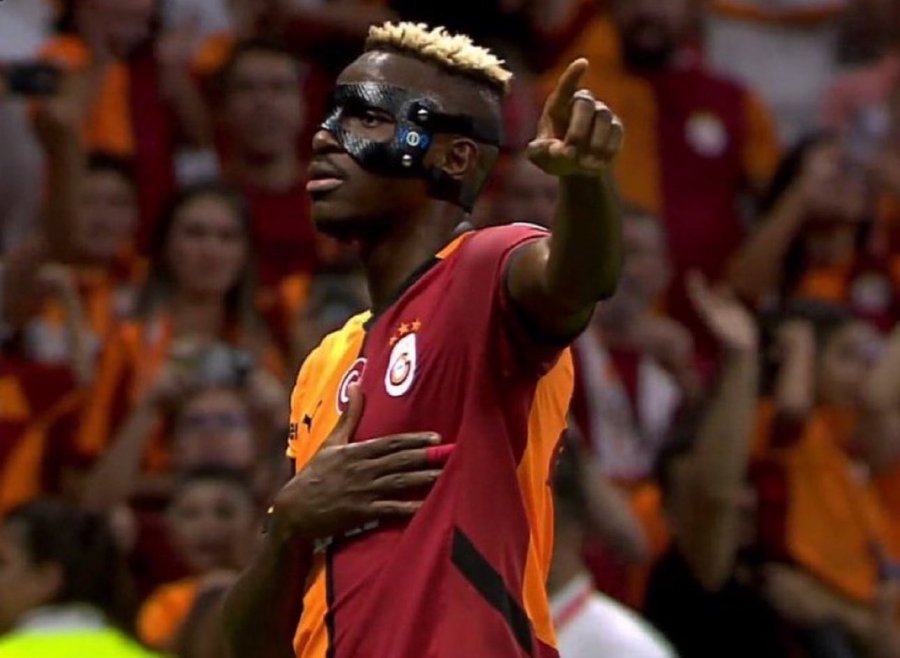




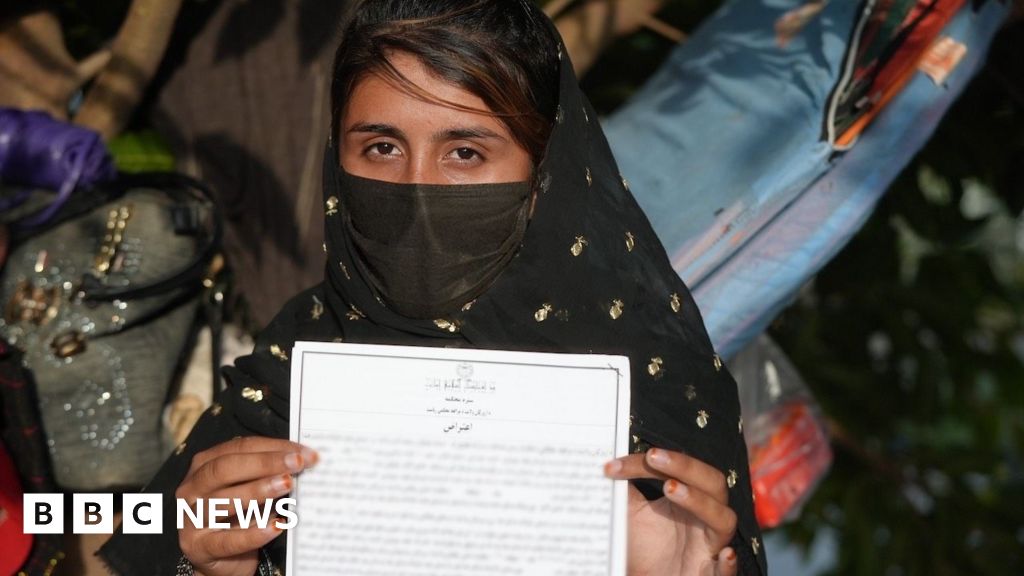
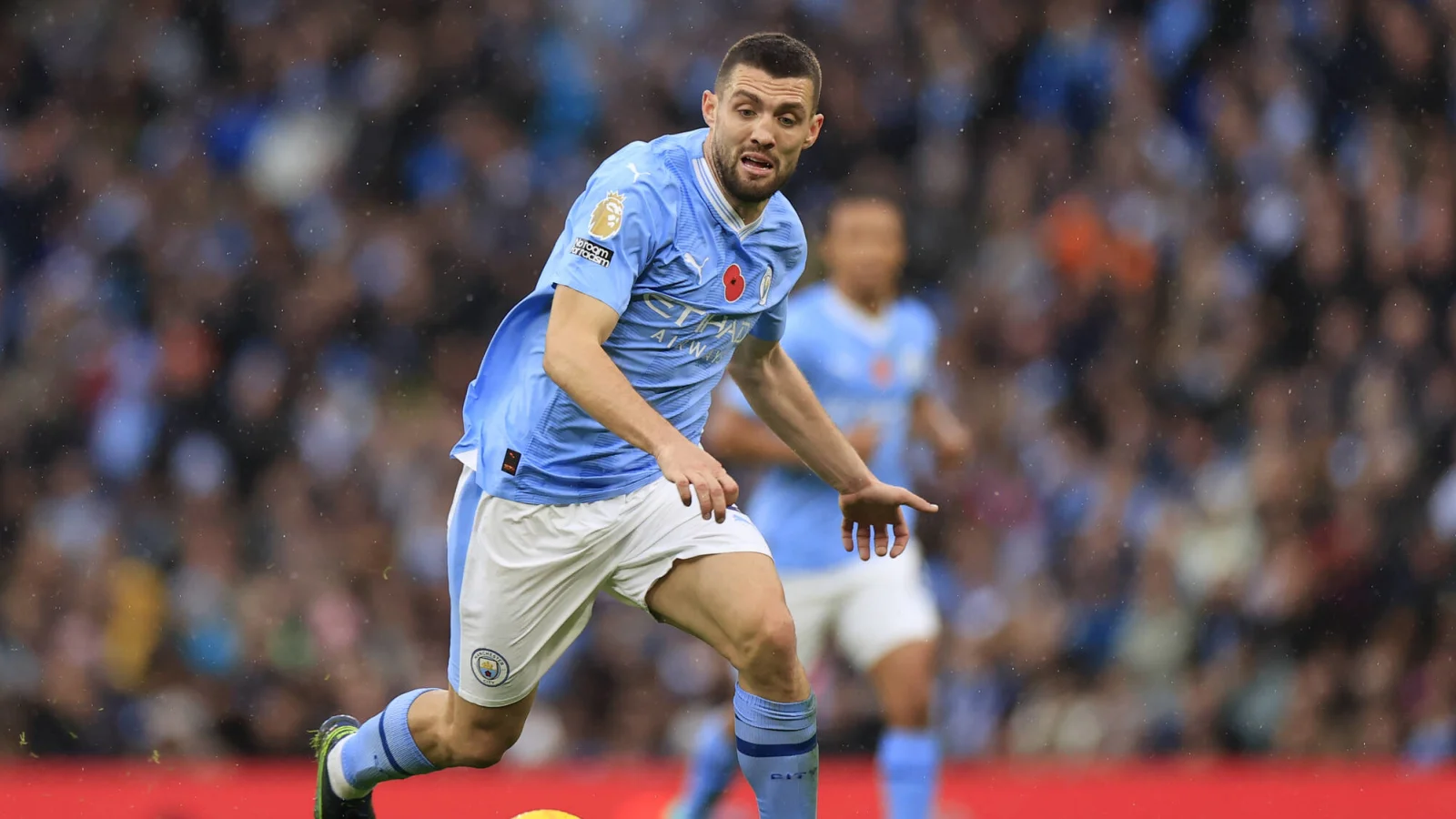
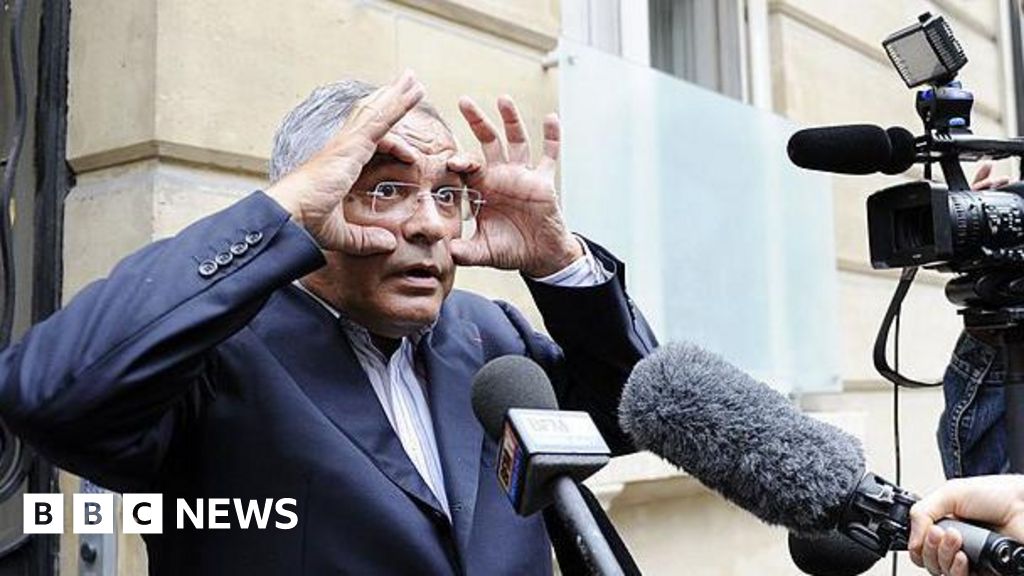
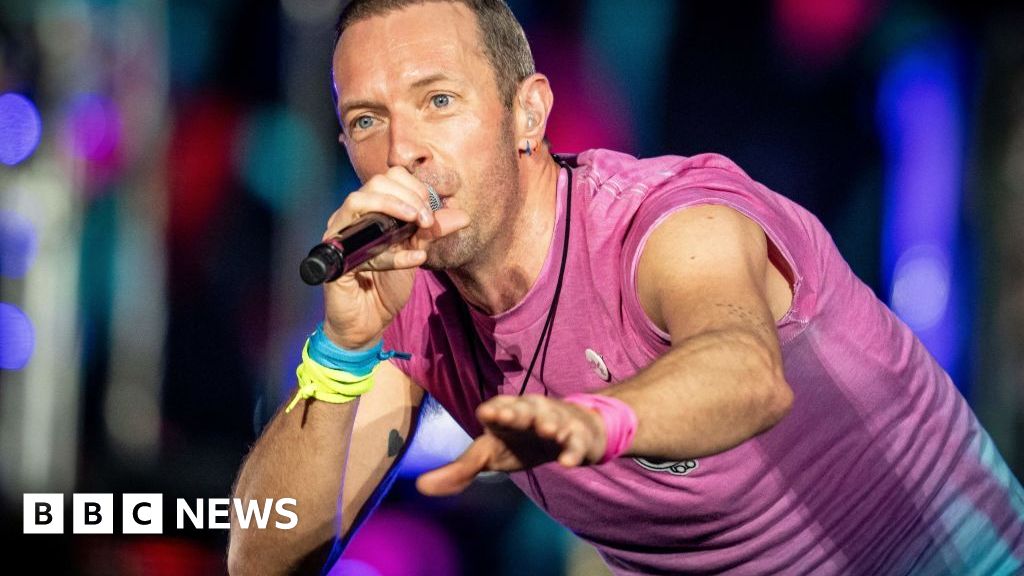
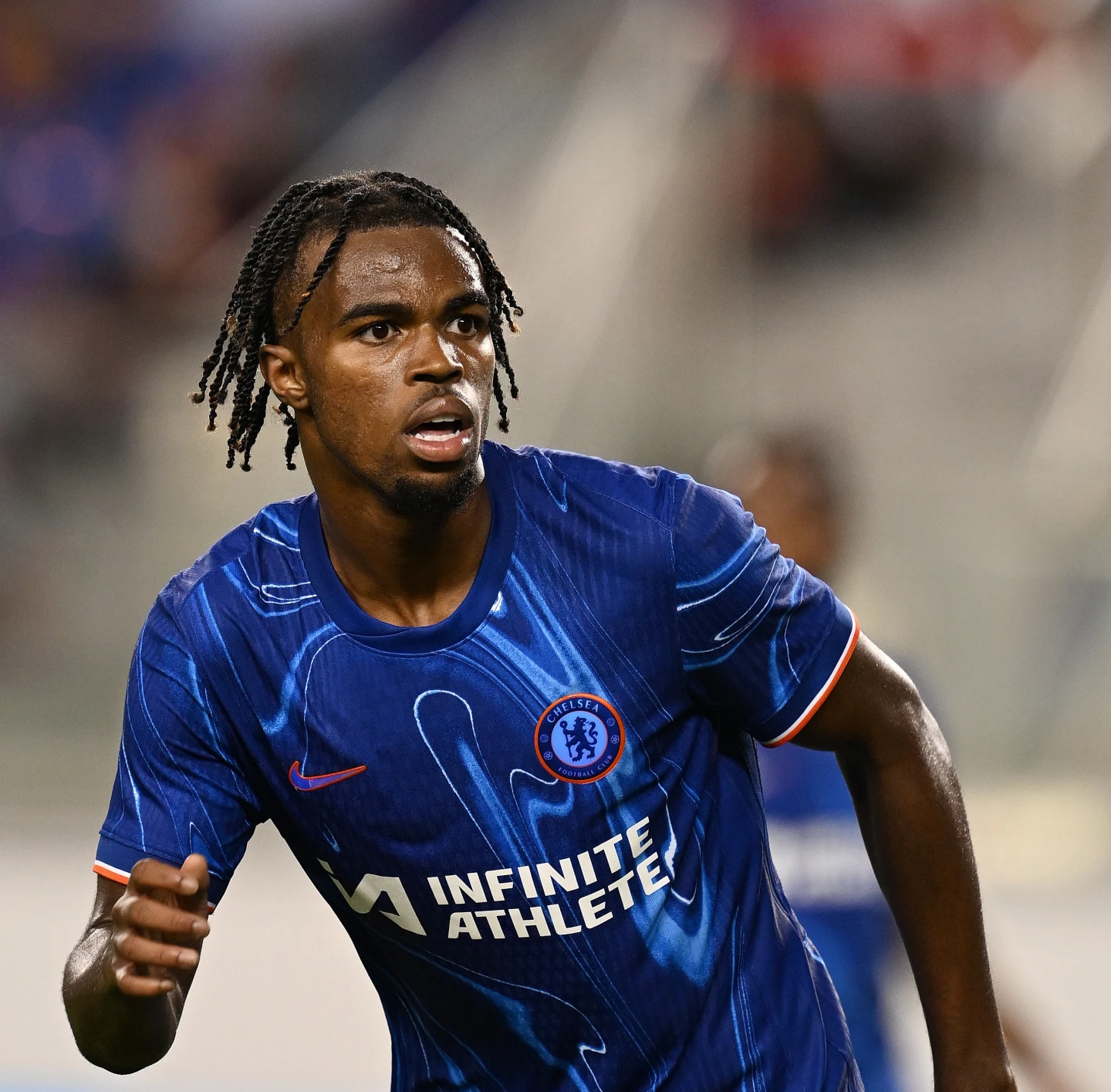
 English (US) ·
English (US) ·